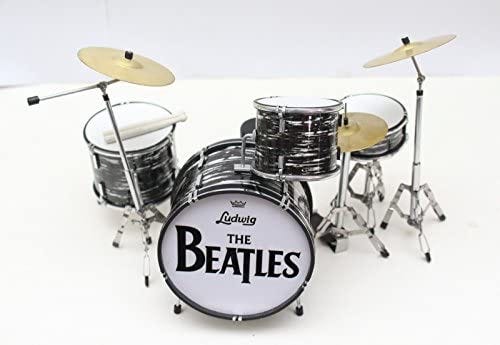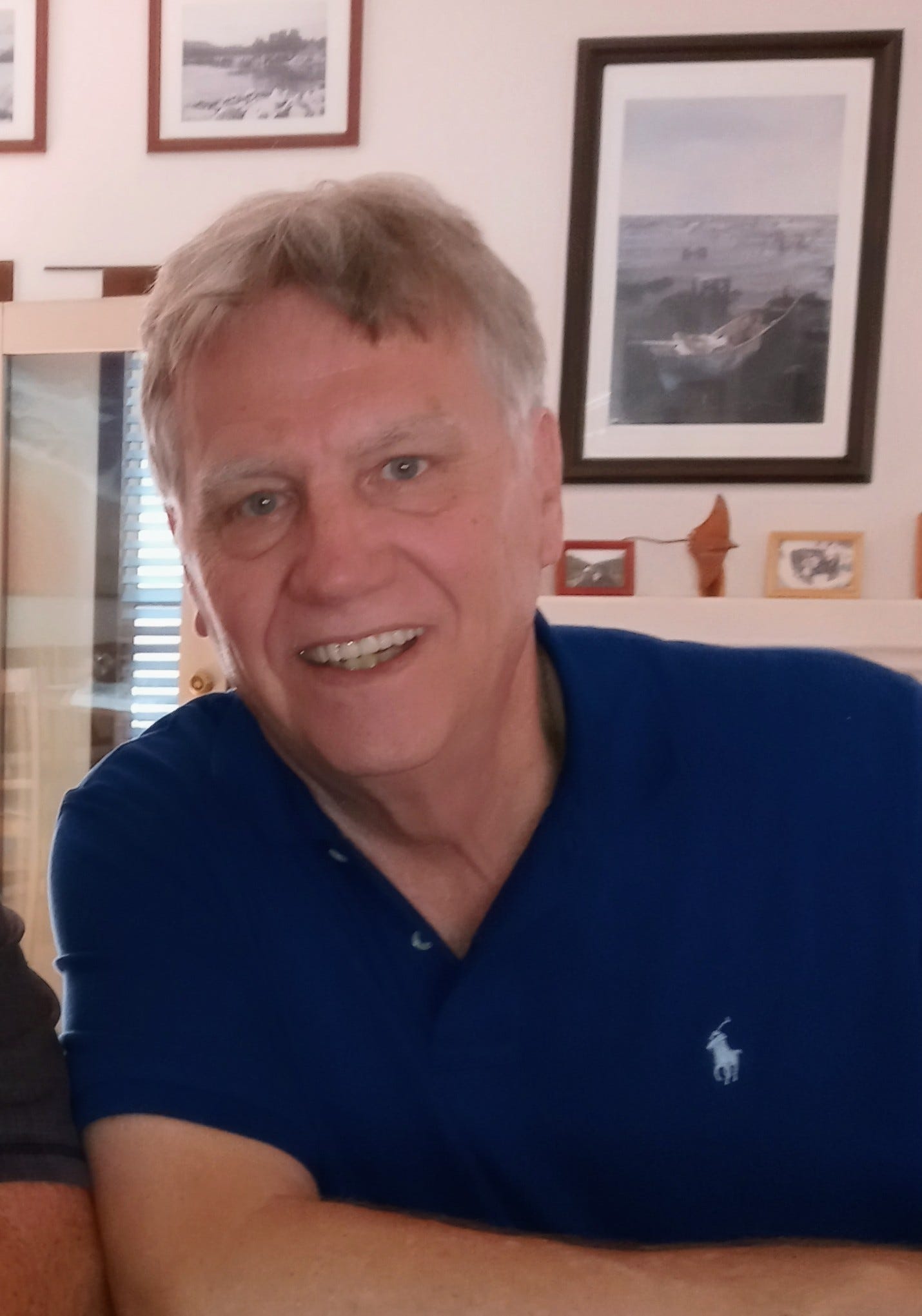Everybody has their favorite Beatles songs. Or album(s). Or performance.
There’s a lot to choose from.
According to their official discography, the Beatles released 17 studio albums (12 in the UK), 6 live albums, 54 compilation albums, 36 extended plays (EPs), 63 singles, 17 box sets and 68 music videos. In the U.K., the list includes the aforementioned 12 studio albums, 14 EPs (one double EP) and 22 singles.
All told, the catalog includes 219 tracks, four of which exist in different versions.1
According to Far Out magazine, 32 Beatles songs reached No. 1 on the charts between the U.S. and U.K., starting with “Please Please Me” in 1963 and ending with “The Long and Winding Road” in 1970.
Not all of my favorites were No. 1s. “In My Life” (Rubber Soul) is a sentimental treasure because of its simplistic beauty, especially the breathtaking line “But of all these friends and lovers, there is no one compares with you.” But there are many great tracks that may be underappreciated, or underrecognized, even by the most ardent Beatles aficionados.
Here are six of them.
1. “The End” (Abbey Road)
The Beatles catalog transcends generations. At their height, they were considered the world’s most famous pop group.
But pure rockers? Real “turn-up-the-volume” balls out rock and roll? Early on there were covers – “Twist and Shout” – and later the good time “Birthday” (White Album) and the distortion-drenched “Revolution” (“B” side of “Hey, Jude”)
But how many Beatles songs feature great solos from all four band members? Answer: One. “The End.” The track runs 2:22 and caps the most famous album medley in rock history.
“The End” starts with an upshift out of “Carry That Weight.” First, a Harrison guitar blast … then a short Ringo fill … before McCartney belts out “Oh, yeah, all right, are you gonna be in my dreams … tonight?”
A hard stop … and then the bridge … a rare Ringo drum solo. Simple, straightforward … and perhaps the coolest drum solo in rock history. Alternating between the mounted and floor toms, anchored by a thumping bass, this memorable groove is 20 seconds of percussive perfection.
Some of the greatest rock drummers pay tribute to Ringo.
Ringo’s solo runs into full guitar overdrive, a 16-bar churning guitar rhythm (altering A7 to G7) as McCartney chants “Love you!” Paul, George and John then go full rock, alternating through a sequence of high-voltage two-bar guitar solos.
“The End” finishes with a pinging piano (McCartney) along with a defining Beatles line — “And, in the end, the love you take is equal to the love you make” — and a lovely orchestrated finish.
The nine-song, 16-minute medley is the tour-de-force on perhaps the best of all Beatles albums. (Oh, “Her Majesty” ends the album … but as an afterthought).
2. “Rain” (“B” side of “Paperback Writer”)
Maybe not the most celebrated track, but its chiming melody is punctuated by arguably Ringo’s finest contribution as the Beatles’ drummer.
Lennon’s vocal fits the pensive tone. He speaks to how peoples’ moods follow contrasts in the weather. But characteristic of his lyrical style, he avoids convention … both rain and sunshine are OK with him.
“Rain” demonstrates the Beatles' prolific creativity. The base track was recorded at normal speed. But producer George Martin ever-so-slightly slowed the tempo before engineering the master tape. It is virtually undetectable, but slowing the base track uncovered a shuffling, damp feel that wasn’t present at normal speed. Ringo’s swishing cymbals and drum fills push the song to greatness.
The ‘slow-down’ studio trick also shows up in “Strawberry Fields,” with a slightly-altered mellotron intro. “Rain” was not included on an album. It appeared on the “B” side of the “Paperback Writer” single.
3. “Oh! Darling” (Abbey Road)
Ranting Paul. Raspy Paul. And great Paul. This song, the fourth track on the “A” side of Abbey Road, shows off McCartney’s immense vocal range.
“Oh! Darling” is a breakup lament to a departing girlfriend, and has a 1950s R&B vibe. For the vocals, McCartney wanted his voice to be ragged, to “sound as though I’d been performing it on stage for a week.”
His vocal is high, clear and sharp through the first two verses, but ramps up to a full-throated wail in the chorus (“When you told me … you didn’t need me anymore … I nearly broke down and died …?”) Harrison's plucking guitar punches alongside Paul’s pleading vocal. The last word of the verse “...die-i-i-ed” is echoed, adding to the 50s feel. The song ends with a desperate screaming cry: “I’ll never DO YOU NO HARM!”
Funny. “Oh! Darling” was more suited to Lennon’s vocal range, but McCartney pulls it off beautifully.
4. “Dear Prudence” (White Album)
The track quietly creeps up on you. The song calls out a shy girl – Prudence – who is pure and sweet. It was not unusual for Lennon to play with words … several songs have nonsense lyrics (“I Am A Walrus”). But “Dear Prudence” is dreamy, almost childlike ...
“Dear Prudence
Let me see you smile
Dear Prudence
Like a little child
The clouds will be a daisy chain
So let me see you smile again
Dear Prudence
Won't you let me see you smile?”
The track begins with a soft electric fade-in from Harrison. Lennon then implores to the shy girl … “Dear Prudence, won’t you come out to play?” But the piece, written in D-minor, has a haunting tone.
The catchy hook of “Dear Prudence” is McCartney’s unique bassline, which loops up and down while driving the song forward. (listen closely) It is one of the few “bass leads” you’ll hear in a Beatles song.
5. “Hey Bulldog” (Yellow Submarine)
“Hey Bulldog” has become a Beatles cult classic only in recent years. But the song had a strange birth.
On Feb. 11, 1968, the four arrived at EMI studio to shoot a promo video for the soon-to-be-released single “Lady Madonna.” While the cameras rolled, the group began to flesh out an idea Lennon had started while vacationing in India. They worked for 10 hours, from which “Hey Bulldog” emerged.
But there was no place to put it. The group didn’t want to release it as the “B” side for “Lady Madonna,” (that was Harrison’s “The Inner Light”) and wasn’t considered for the White Album. Eventually, it was relegated to the “B” side of the Yellow Submarine soundtrack in January, 1969. With very little radio support, it slipped into obscurity.
But this one-off is a very slick, well-constructed rock and roll song. Like many of Lennon’s post-Sgt. Pepper contributions, the lyrics are disjointed catchphrases that rhyme.
The basic hook, a duo guitar and piano “walk-up/walk-down,” is refrained throughout. Lennon’s hard-edged vocal with the repeated phrase “you can talk to me” is infectious. It’s easy to see the group enjoyed the energized recording, which concludes with Lennon and McCartney barking and howling like dogs.
Interestingly, the video from the session was edited, dubbed over and originally released as the “Elanore Rigby” promo. It wasn’t until its 1999 re-release that the video was correctly synched to “Hey Bulldog.”
6. “I Want You” (She’s So Heavy) (Abbey Road)
This track is two songs fused into one. It is the last track on the “A” side of Abbey Road, and easily its longest (7:47).
The first half — “I Want You” — is both funky and bluesy as Lennon sings with his guitar lead … “I Want You so bad … it's driving me mad.” The sequence is repeated twice before Lennon performs a funky solo with his Gretsch hollow body in the bridge. A third verse ramps up the intensity.
Finally, the backend — "She’s So Heavy” — slowly swells into a monolithic “wall of sound.” Double-tracked metal guitars, whirling bass and sweeping Moog synthesizer turn the song into a frantic storm until slowly fading out in the end.
“I Want You” (She’s So Heavy) rivals “Yer Blues” (White Album) as the heaviest track in the Beatles catalog.
There is something eerie, fated, cosmic about the Beatles — those seven quick years of fame and then decades of after-shock.
Art makes us alive, and aware … sometimes uncomfortable, sometimes sentimental. Some 60 years later, the Beatles live on because they still give us that most amazing of feelings: the memories of happiness that we can hold, like a hand.
##
Jim Geschke was inducted into the prestigious Marquis Who’s Who Registry in 2021.
“Revolution” was recorded in three different versions, the original, a slowed-down acoustic version of “Revolution 1” and the sound collage “Revolution 9.”







The older I get, the more I appreciate them.
Jim, this is a great one! Ringo was and has been criminally underrated as a musician. And he is still out there performing at 80 years old!